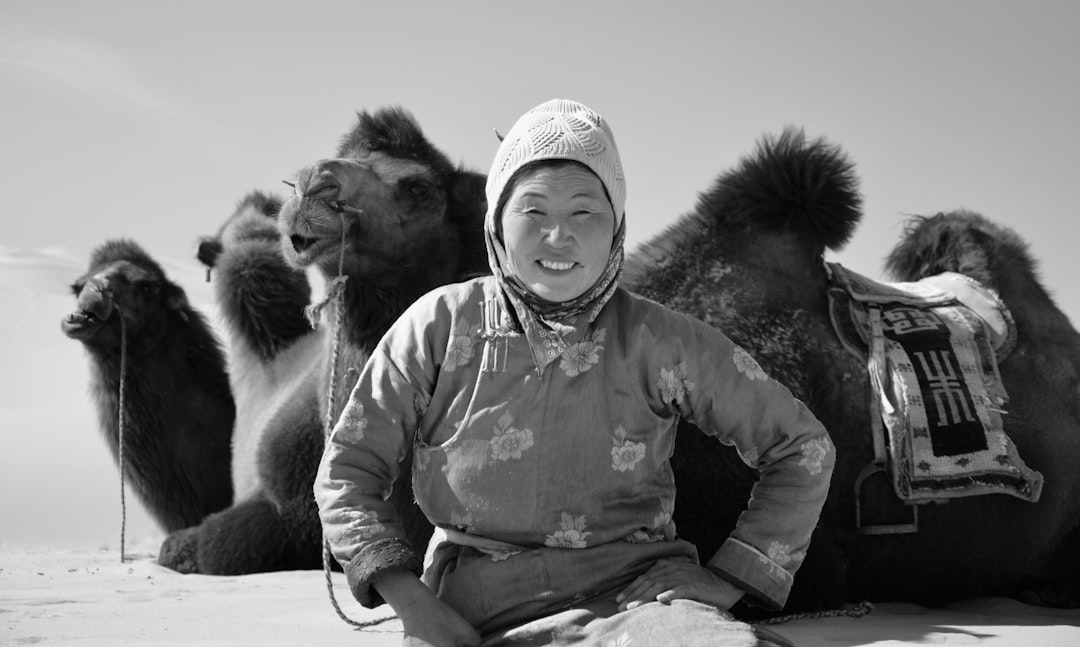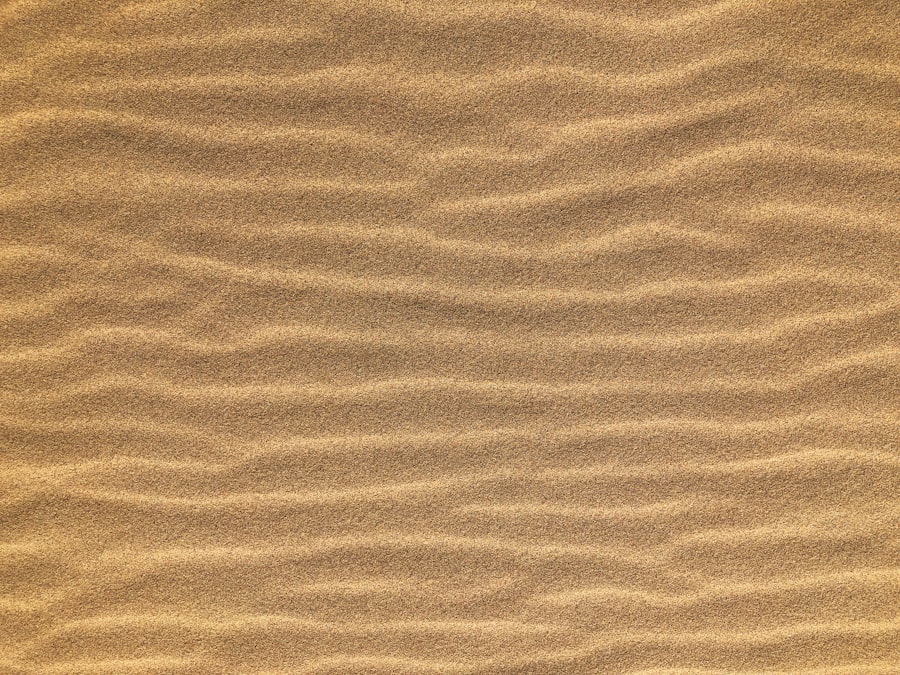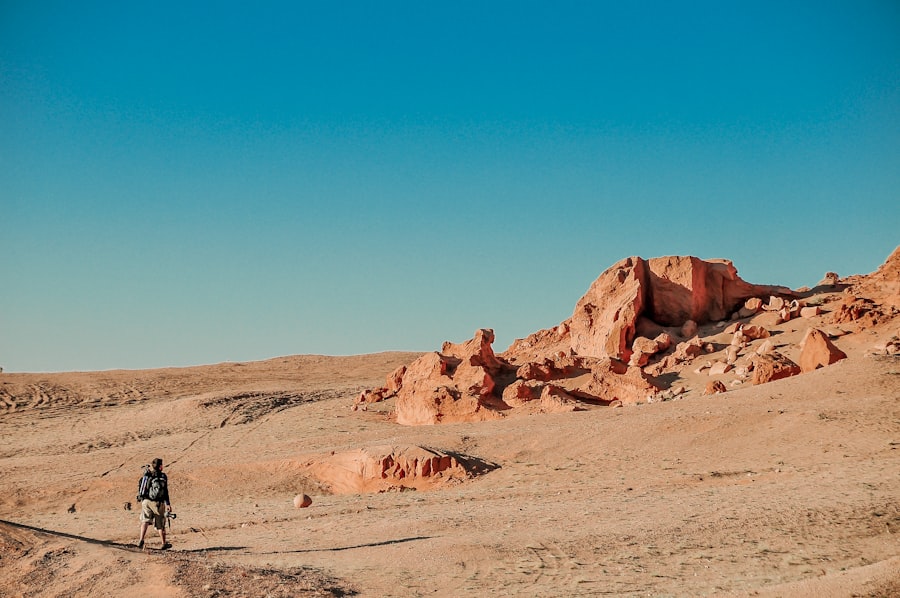
Mongolia, a landlocked country situated between Russia to the north and China to the south, is renowned for its vast steppes, nomadic culture, and rich history. Covering an area of over 1.5 million square kilometers, it is one of the largest countries in the world by land area, yet it has one of the lowest population densities. The capital city, Ulaanbaatar, serves as the political, cultural, and economic heart of the nation, where traditional Mongolian customs blend seamlessly with modern influences.
The country’s unique geographical features, including the Gobi Desert and the Altai Mountains, contribute to its diverse ecosystems and cultural heritage. Mongolia’s history is deeply intertwined with the legacy of Genghis Khan, who founded the Mongol Empire in the 13th century. His conquests not only expanded the empire across Asia and Europe but also facilitated cultural exchanges that shaped the region’s development.
Today, Mongolia is a democratic nation that embraces its historical roots while looking toward a future of modernization and growth. The resilience of its people, who have maintained their nomadic lifestyle for centuries, is a testament to their adaptability and connection to the land.
Key Takeaways
- Mongolia is a landlocked country in East Asia known for its vast steppes, deserts, and nomadic culture.
- Historical and cultural sites in Mongolia include the ancient city of Karakorum, Erdene Zuu Monastery, and the Gobi Desert.
- The country’s natural landscapes and wildlife are diverse, featuring the Altai Mountains, Gobi Gurvansaikhan National Park, and the endangered snow leopard.
- Traditional Mongolian cuisine includes dishes like buuz (steamed dumplings), khuushuur (fried meat pastry), and airag (fermented mare’s milk).
- Adventure and outdoor activities in Mongolia range from horseback riding and camel trekking to hiking in the Khövsgöl Lake region.
- Modern Mongolia is characterized by its capital city Ulaanbaatar, with a mix of traditional yurts and modern infrastructure like skyscrapers and transportation networks.
Historical and Cultural Sites
Uncovering the Ancient City of Karakorum
One of the most significant historical sites in Mongolia is the ancient city of Karakorum, which served as the capital of the Mongol Empire during Genghis Khan’s reign. Although much of the original city has been lost to time, the Erdene Zuu Monastery, built in the 16th century, stands as a remarkable testament to Mongolia’s Buddhist traditions.
Exploring the Erdene Zuu Monastery
This monastery is adorned with intricate murals and stupas, offering visitors a glimpse into the spiritual life of the Mongolian people. The monastery’s stunning architecture and artwork provide a unique insight into the country’s Buddhist heritage.
Discovering the Orkhon Valley
Another notable site is the Orkhon Valley, a UNESCO World Heritage Site that showcases the remnants of ancient civilizations. The valley is dotted with archaeological treasures, including burial mounds and stone inscriptions that date back to the Turkic Khaganate. The landscape itself is breathtaking, characterized by rolling hills and lush greenery that contrast sharply with Mongolia’s arid regions. Visitors can explore these historical sites while immersing themselves in the stories of past empires and their influence on contemporary Mongolian culture.
Natural Landscapes and Wildlife

Mongolia’s natural landscapes are as diverse as they are stunning, ranging from expansive grasslands to rugged mountains and arid deserts. The Gobi Desert, one of the largest deserts in Asia, is famous for its unique geological formations and extreme climate. It is home to rare species such as the Bactrian camel and the Gobi bear, both of which have adapted to survive in this harsh environment.
The desert’s vastness offers opportunities for exploration and adventure, with travelers often embarking on camel treks or jeep tours to experience its beauty firsthand. In contrast to the arid Gobi, Mongolia’s northern regions boast lush forests and alpine lakes. The Khuvsgul Lake, often referred to as “the jewel of Mongolia,” is one of the largest freshwater lakes in Asia and is surrounded by stunning mountain scenery.
This area is rich in biodiversity, providing habitats for various wildlife species, including reindeer herders who maintain their traditional way of life in this remote region. Birdwatchers flock to Mongolia to observe migratory birds that pass through during seasonal changes, making it a prime destination for nature enthusiasts.
Traditional Mongolian Cuisine
| Dish | Ingredients | Preparation |
|---|---|---|
| Buuz | Minced meat, onion, garlic, salt, and pepper | Meat mixture wrapped in dough and steamed |
| Khuushuur | Minced meat, onion, garlic, salt, and pepper | Meat mixture wrapped in dough and deep-fried |
| Tsuiwan | Lamb, rice, carrots, and onions | Lamb and vegetables cooked with rice |
| Boodog | Goat or marmot, hot stones, and herbs | Meat and hot stones cooked inside the animal’s skin |
Mongolian cuisine is a reflection of its nomadic heritage and reliance on livestock. The traditional diet primarily consists of meat and dairy products, with mutton being a staple due to its availability. One of the most iconic dishes is “buuz,” steamed dumplings filled with minced meat and spices.
These dumplings are often enjoyed during festivals and family gatherings, showcasing the communal aspect of Mongolian dining culture. Dairy products play a significant role in Mongolian cuisine as well. “Aaruul,” or dried curds, is a popular snack made from fermented milk that can be stored for long periods—ideal for nomadic lifestyles.
Another traditional beverage is “airag,” fermented mare’s milk that has a slightly sour taste and is often consumed during celebrations. The preparation and consumption of these foods are deeply rooted in Mongolian customs, reflecting a lifestyle that honors both tradition and sustenance.
Adventure and Outdoor Activities
For those seeking adventure, Mongolia offers an array of outdoor activities that cater to thrill-seekers and nature lovers alike. Horseback riding is perhaps the most quintessential Mongolian experience; it allows visitors to traverse the vast steppes much like the nomadic herders have done for centuries.
Trekking in Mongolia’s mountainous regions presents another exhilarating opportunity for adventure enthusiasts. The Altai Mountains, known for their dramatic peaks and rich biodiversity, offer numerous trekking routes that vary in difficulty. Hikers can explore remote valleys, encounter local wildlife, and even visit ancient petroglyphs carved into rock faces by early inhabitants.
Additionally, activities such as rock climbing, river rafting, and camping under the stars further enhance the outdoor experience in this remarkable country.
Modern Mongolia: Cities and Infrastructure

As Mongolia continues to evolve into a modern nation, its cities are experiencing significant growth and development. Ulaanbaatar has transformed into a bustling metropolis with a mix of traditional ger districts and contemporary high-rises. The city serves as a cultural hub where art galleries, theaters, and museums showcase both historical artifacts and modern creativity.
The National Museum of Mongolia offers insights into the country’s past while highlighting contemporary artists who are redefining Mongolian culture. Infrastructure improvements have also been a focal point for modern Mongolia. The government has invested in transportation networks, including roads and railways that connect remote areas with urban centers.
This development not only facilitates trade but also enhances access to tourism sites across the country. Additionally, initiatives aimed at sustainable development are gaining traction as Mongolia seeks to balance economic growth with environmental preservation. As urbanization continues to shape Ulaanbaatar and other cities, Mongolia remains committed to preserving its unique cultural identity while embracing modernization.
If you’re intrigued by the diverse landscapes and rich history detailed in our article on Mongolia, you might also find the Germany Country Study quite fascinating. This article explores Germany’s profound historical landmarks, varied geography, and its significant influence on European culture and politics. Just as Mongolia offers a unique blend of ancient traditions and modern developments, Germany presents a compelling mix of historical depth and contemporary progress, making it another excellent destination for travelers seeking a blend of the old and the new.
FAQs
What are some interesting facts about Mongolia?
– Mongolia is the 18th largest country in the world by land area.
– It is the most sparsely populated country in the world, with only 3 million people.
– The traditional nomadic lifestyle is still practiced by a significant portion of the population.
– Mongolia is home to the world’s second-largest landlocked desert, the Gobi Desert.
– The country is known for its rich history, including the reign of Genghis Khan and the Mongol Empire.
What are some popular places to visit in Mongolia?
– The capital city, Ulaanbaatar, is a bustling urban center with museums, monasteries, and a vibrant cultural scene.
– The Gobi Desert offers unique landscapes, including sand dunes, rocky mountains, and dinosaur fossils.
– The Khövsgöl Lake is one of the largest freshwater lakes in Mongolia and is known for its stunning natural beauty.
– The Orkhon Valley is a UNESCO World Heritage site and is home to ancient archaeological sites and stunning scenery.
What are some must-see sights in Mongolia?
– The Erdene Zuu Monastery, located in Kharkhorin, is one of the oldest and most important monasteries in Mongolia.
– The Flaming Cliffs, also known as Bayanzag, is a famous paleontological site where dinosaur fossils have been discovered.
– The Genghis Khan Statue Complex, located near Ulaanbaatar, features a massive statue of Genghis Khan on horseback.
– The Yolyn Am, or Eagle Valley, is a deep and narrow gorge in the Gobi Desert known for its dramatic ice formations in the winter.



